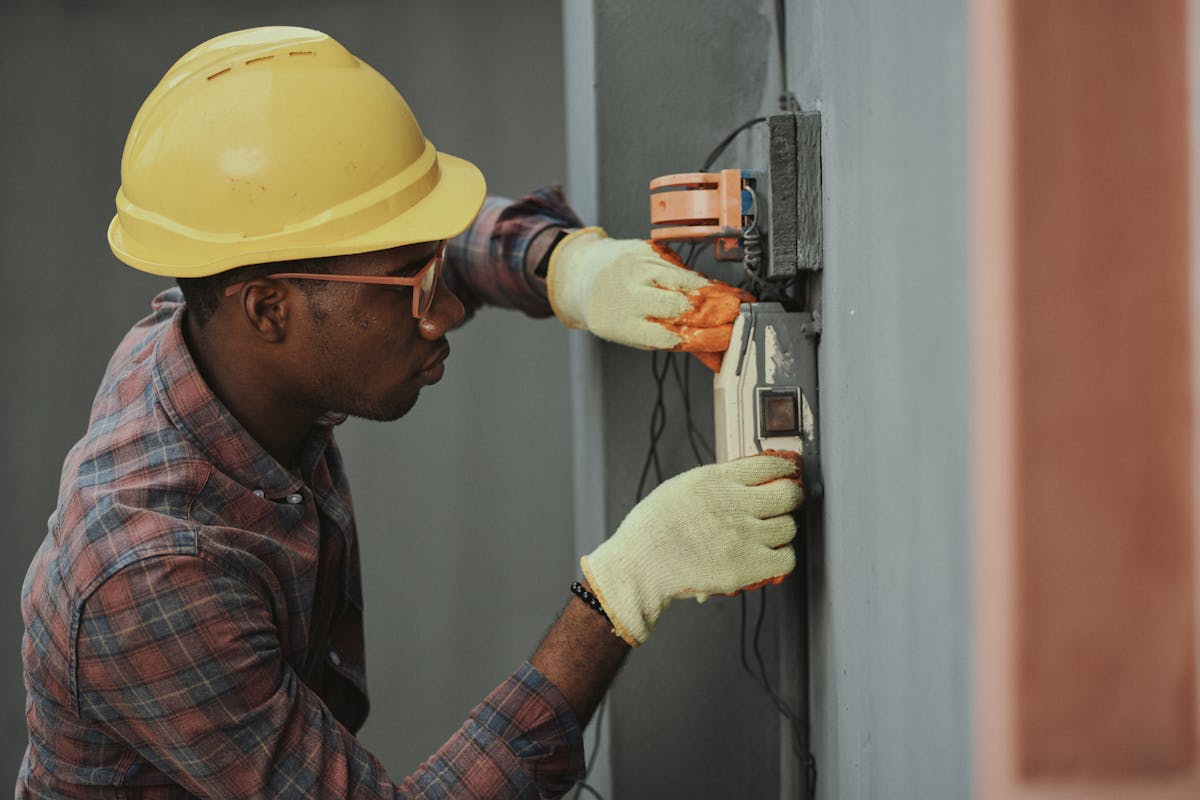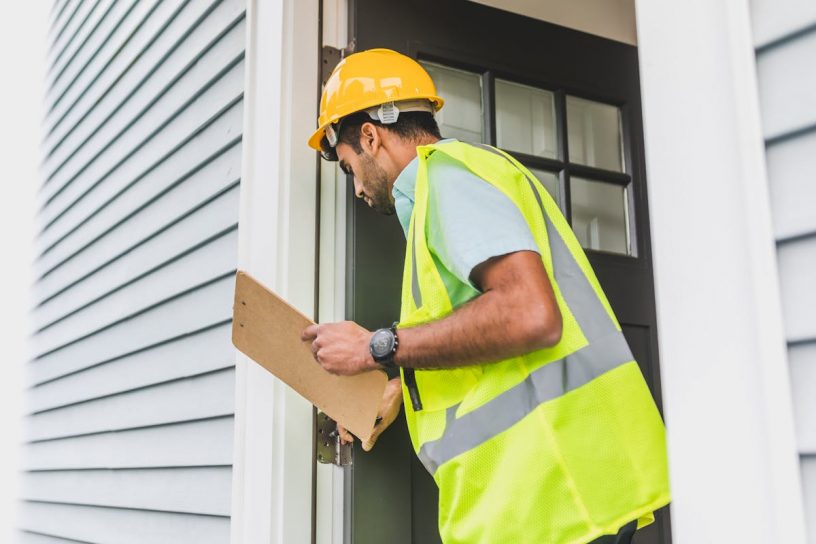
- Comprehensive inspections of older homes are crucial due to their historical charm and potential unpredictability.
- Key areas of concern include the foundation, roof, plumbing, electrical systems, and the presence of pests.
- Foundation checks should focus on structural integrity, looking for cracks and signs of settling or water damage.
- Evaluate the roof’s age and condition and test plumbing for material degradation and water pressure issues.
- Electrical and pest inspections are essential for safety, as well as checking for outdated wiring, circuit breakers, and infestations.
Purchasing a home is one of the most significant investments you can make, and the stakes are even higher when considering an older property. While historic charm and timeless character may attract, unpredictability often comes with aging homes. This unpredictability underscores the crucial need for comprehensive inspections.
This detailed guide will walk you through the five non-negotiable checks you should conduct or request when evaluating an older home. Whether you’re the do-it-yourself type looking for a hands-on checklist or preparing to hire professionals, this article ensures you’re fully informed before making one of life’s most important decisions.
Foundation Inspection: Is This House Set in Stone?
The foundation is quite literally the bedrock of any home, and for older properties, it’s more than just a concern—it’s a critical starting point. Here are a few primary checks to begin with.
Signs of Trouble
Look for cracks in the walls—especially if they’re broader than a hairline. Exterior walls that appear to bow inwards are another significant sign that the foundation might have issues. Cracks aren’t just unsightly; they could be the canary in the coal mine for systemic issues.
Settling or Water Damage
Pay particular attention to floors that may not be level. This can be a telltale sign that the foundation has shifted or sunk. Water damage can also be problematic, as old homes might have outdated drainage systems that have failed over time.
Roof Inspection: Keeping a Weather Eye
The roof is another area where neglect can lead to major problems. It’s a line of defense that goes under-appreciated until it fails.
Assessing Age and Condition
Find out the age of the roof. Most standard asphalt shingles last about 20-25 years. After that, they become increasingly prone to leaks, especially if they haven’t been maintained. Look for patches or uneven areas that may signal previous problems.
Potential Leaks
Interior signs such as water stains in the ceiling or running down walls could indicate that the roof has trouble keeping the elements out. Don’t overlook attic spaces; they can often reveal the true state of a roof’s integrity.
Plumbing Inspection: Beneath the Surface Issues
Plumbing may not be the oldest homeowner’s top concern, but it should be. Older pipes can be ticking time bombs of leaks and inefficiencies.
Checking the Pipes
For homes 30 years or older, be wary of galvanized steel pipes, which have a lifespan of about 50 years. Copper pipes can last indefinitely, but wear and tear accumulate over time, leading to pinhole leaks and reduced water pressure. Advanced pipeline integrity tools can help you determine their condition by identifying pipe composition and areas of weakness.
Diminishing Water Pressure
Test water pressure in multiple house areas, especially at higher levels. Consistently low pressure can mean mineral deposits plugging up old pipes or leaks, robbing you of a precious commodity—water. It’s better to be safe than sorry when it comes to old pipes.
Electrical System Inspection: Shocking Revelations

Unlike the quaint faucets and antique doorknobs that add character, outdated electrical systems pose a significant safety risk.
Assessing the Wiring
If the home was built before 1950, it might have knob-and-tube wiring, and if it’s over 40 years old, it could still be using aluminum wiring, both potentially hazardous and insurable. Updating these systems can be costly and disruptive.
Safety Hazards
Look for outdated electrical panels and the presence of circuit breakers. Also, count the number of outlets you’ll need against the actual number in the home. Older homes often have far fewer outlets than you’ll find necessary for modern living, so you’ll either have to live with extension cords snaking through rooms or undergo extensive rewiring.
Pest Inspection: The Unwanted Tenants
Pests are a pest in any home, but they can be especially damaging in older houses.
Termite Damage
Termites are silent destroyers. Pay close attention to window sills, door frames, and other wooden structures. When wood is tapped and sounds hollow, it could indicate termite damage.
Rodent Infestations
In addition to the telltale dropping and gnaw marks, rodents can cause electrical damage by chewing through wires. Inspecting their presence is a must before signing on the dotted line.
These five essential inspections—foundation, roof, plumbing, electrical, and pest—provide a robust understanding of the state of an older home. Each inspection is a layer of protection for your future investment and well-being. Remember, while the charm of an older home is undeniable, the cost of repairs and upkeep can easily eclipse the purchase price if serious issues go undetected. Invest the time and resources into these inspections, and you’ll not only arm yourself with crucial information but also ensure that the home you fall in love with is the home you’ll cherish for years to come.




Leave a Reply
You must be logged in to post a comment.